Warning of where China’s next war could start
There are grim warnings that the next flashpoint involving China might not be where its expected. It could affect millions and have dire consequences for Australia.

China’s next war might not start in the South China Sea or be set off by squabbling between superpowers over the status of Taiwan.
It may have nothing to do with contested lands or international influence. Rather it could be over something far more mundane but nonetheless vital.
A high altitude clash could break out over water – or the increasing lack of it due to climate change.
And it could create a series of “failed states”, warns a report on future climate conflicts.
While Australia might be far from the action, a former top military leader has said the country might find itself dragged into the conflict as millions flee Asia for safe harbour elsewhere.
“History shows that when people are starving, when they are without water, they’re desperate and they will do desperate things,” former Chief of the Australian Defence Force (ADF) retired Admiral Chris Barrie told news.com.au.

‘Third pole’ the new flash point
Admiral Barrie is now an executive member of the Australian Security Leaders Climate Group (ASLCG), a body that includes former high ranking members of the ADF and Department of Defence.
In a report released last month, the ASLCG said that instability caused by climate change could pose major issues for Australia both militarily, diplomatically and economically.
One of the direst scenarios is that up to a billion people could be displaced, with some of those heading to Australia.
Research by the group has looked at a possible conflict high in the Himalayas between India and China over water access.
That flash point would be centred on the vast Hindu Kush Himalayan and Tibetan Plateau regions – often known as the “third pole” due to their vast ice sheets.
Here glaciers are the starting point for some of the region’s most important rivers. Waterways such as the Yangtze and Yellow rivers that flow into China; the Ganges, Brahmaputra and Indus rivers into India as well as the Irrawaddy to Myanmar and the Mekong which exits into the sea in Vietnam.
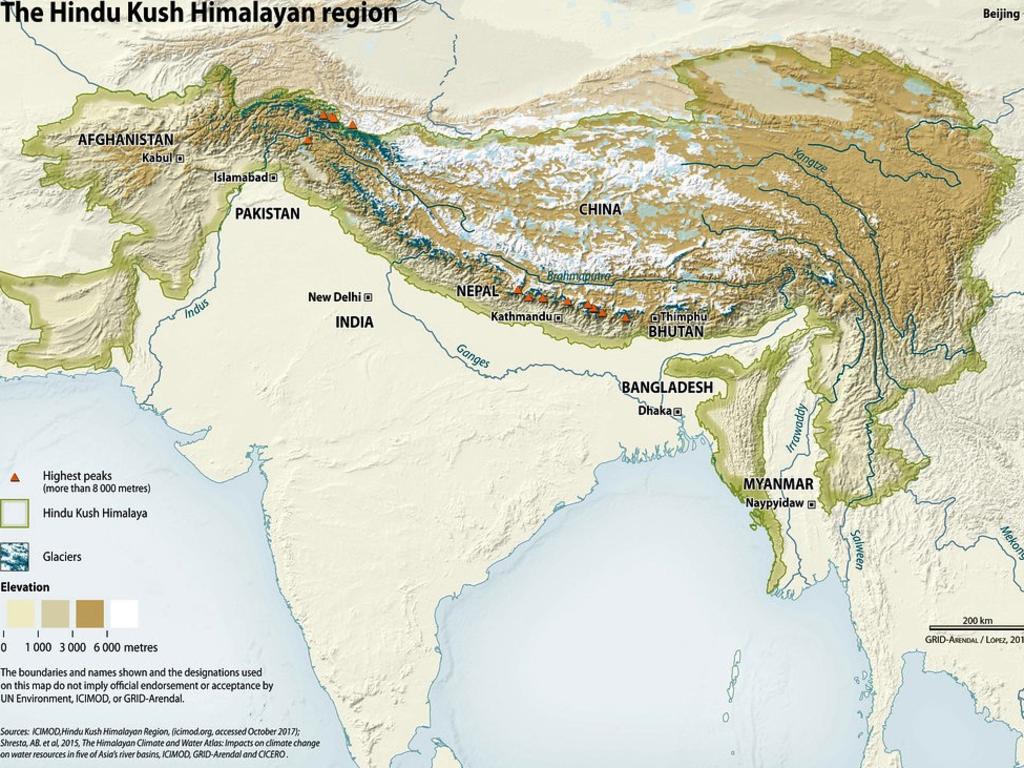
China is particularly dependent on the glaciers which are also known as the Great Himalayan Watershed.
Twenty per cent of the world’s population is in China but it has only 6 per cent of its potable water.
And what water China has is often a long way from where much of its population lives.
Already dams dot the high mountains to both capture the water and use it to create electricity.
None of this need lead to conflict if there’s enough water for everyone. But there are fears climate change has changed all that.
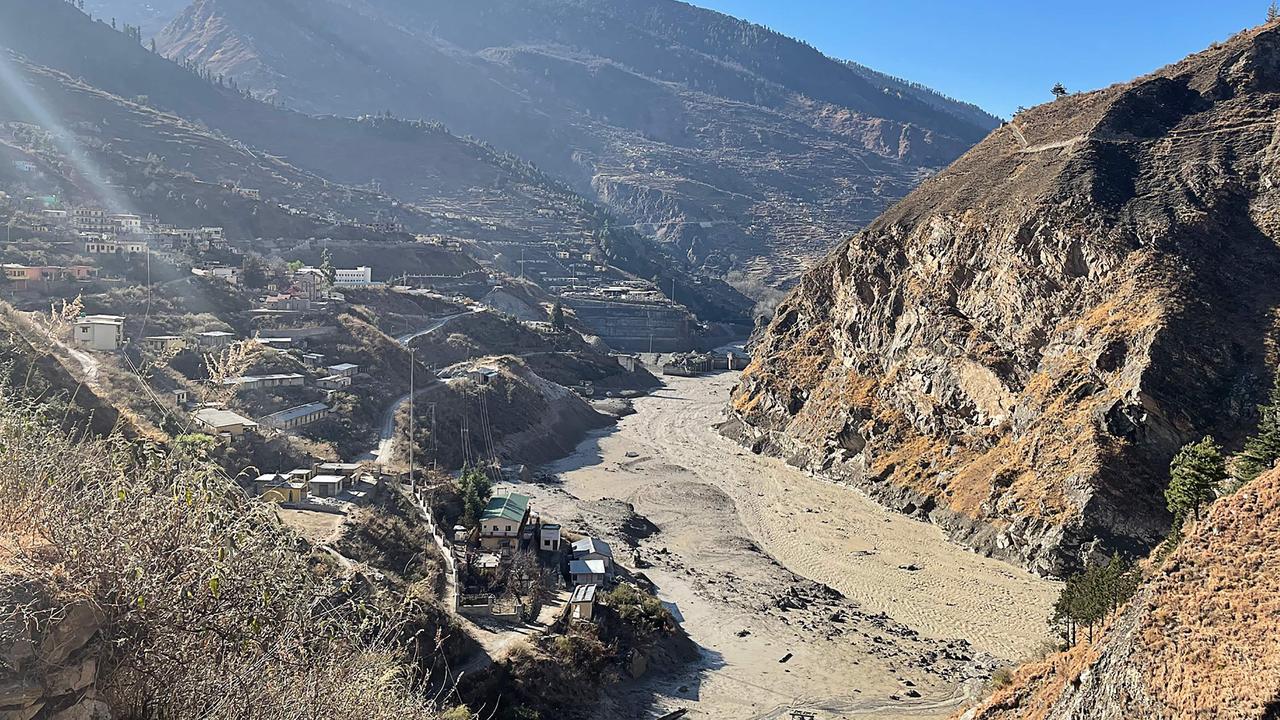
Glacier break a bad omen
In February, a huge chunk of a glacier broke off releasing a torrent of water in India’s Uttarakhand state that killed nine and badly damaged two hydro-electric plants.
It’s tricky to definitively say if the breakage was due to climate change, but rising temperatures can be a key cause of changes in glaciers including breaking and melting.
A report in 2019 stated that the Himalayan ice sheet has reduced significantly, taking its stores of water with it.
The Himalayan glaciers were receding “very homogeneously and accelerating their retreat,” Joerg Schaefer, a climate scientist at Columbia University told the US ABC News.
The “single culprit” he said was warming temperatures, he added.
“It’s a very disturbing finding because it means that if you’re not asking what happens to the glacier tomorrow, but what happens with the glacier in 10, 15 years, it will follow the temperature curve, which keeps getting warmer.”
There may be less water but as Asia’s population grows there will be even more people’s thirsts to quench.
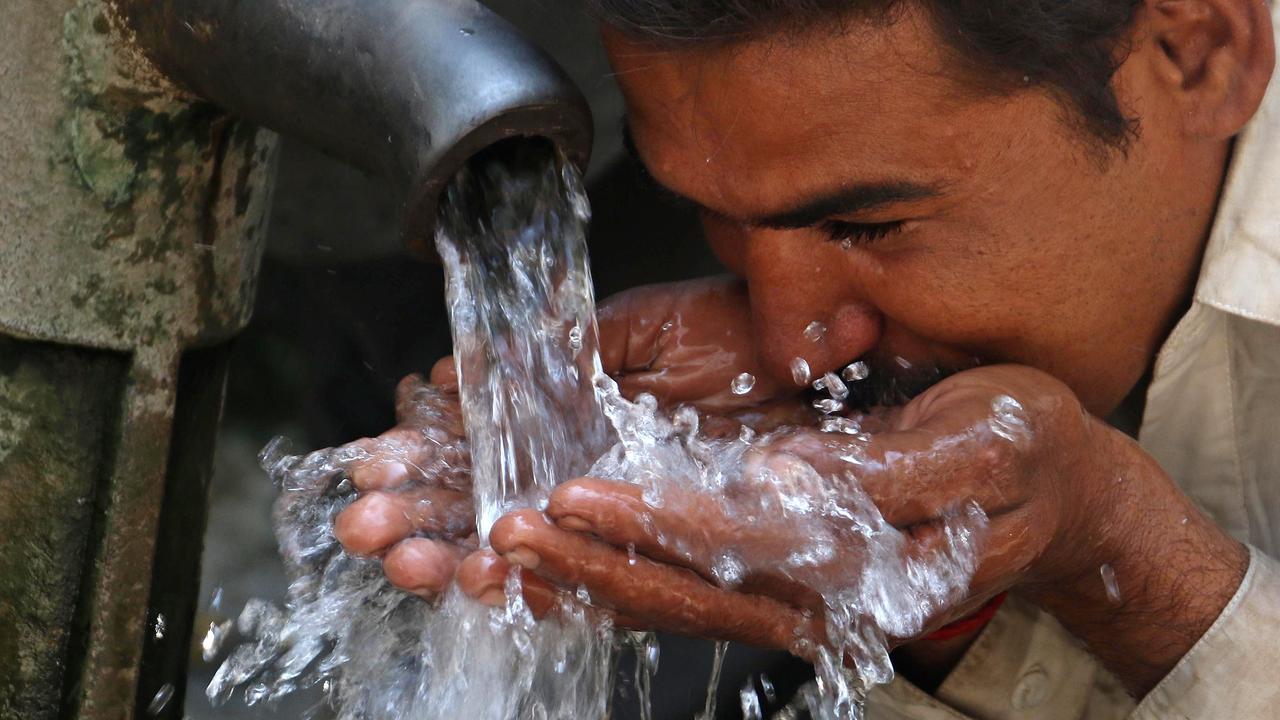
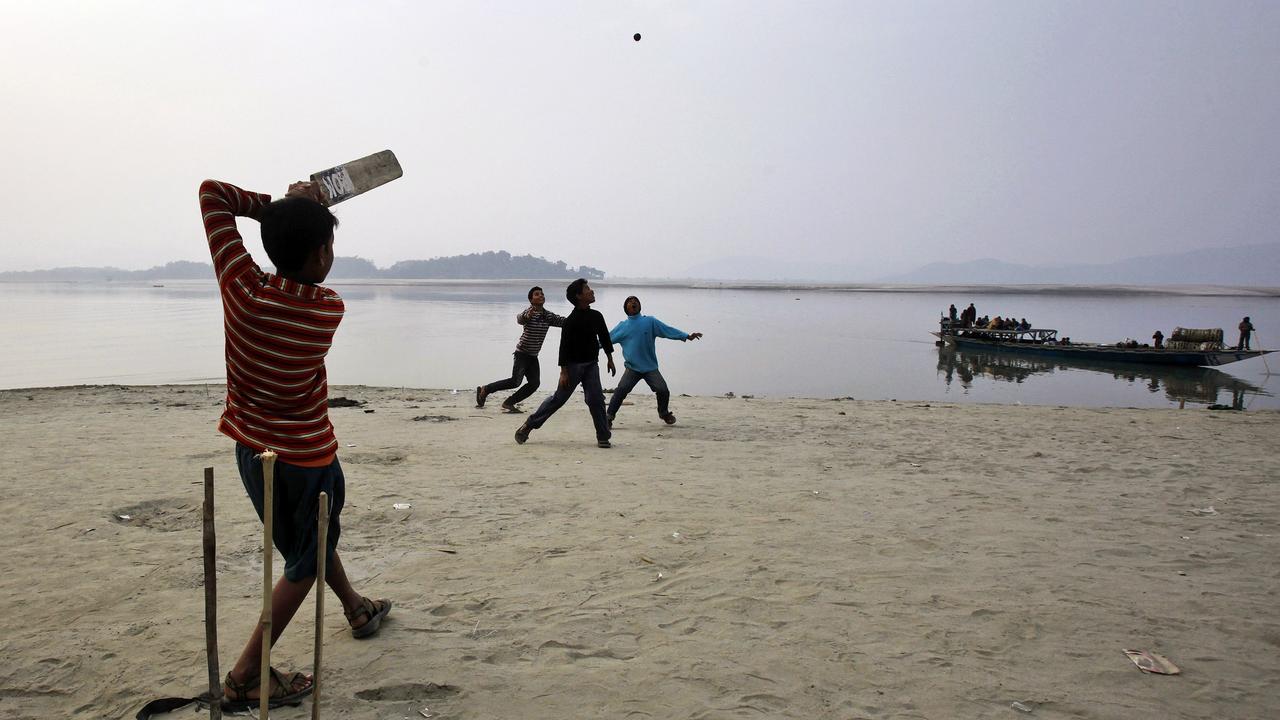
China holds a water ace card
A huge problem for India is the source of many of its great rivers is actually in China. Meaning Beijing has first dibs on it.
Distrust is already high among the two nuclear armed neighbours with frequent skirmishes across the hard to define Himalayan border. Water is another element thrown into the mix.
For years there have been concerns in India and Bangladesh that China may try and divert flows that might otherwise end up in the Brahmaputra and other rivers. The Brahmaputra waters much of the sub continent’s north east.
Beijing is also said to be working on cloud seeding programs that could see rains pushed further north away from India.
All this has occurred while India has seen its rainfall become more erratic.
Admiral Barrie likened it to an international and far more dangerous version of the ongoing Murray-Darling dispute where South Australia complains that Queensland and New South Wales have taken more than their fair share of water upstream.

“We know now that China is trying to steal the water from everyone else.
“And just like with South Australia, it’s the country at the end of the river which is potentially going to get screwed over”.
Admiral Barrie said it created a “challenge” for India.
“You can predict how a conflict (might occur). Were the Chinese to take all the water from the third pole, India would have to do something about that.
“They would be compelled to, otherwise an awful lot of people won’t be able to get the water they need to live.”
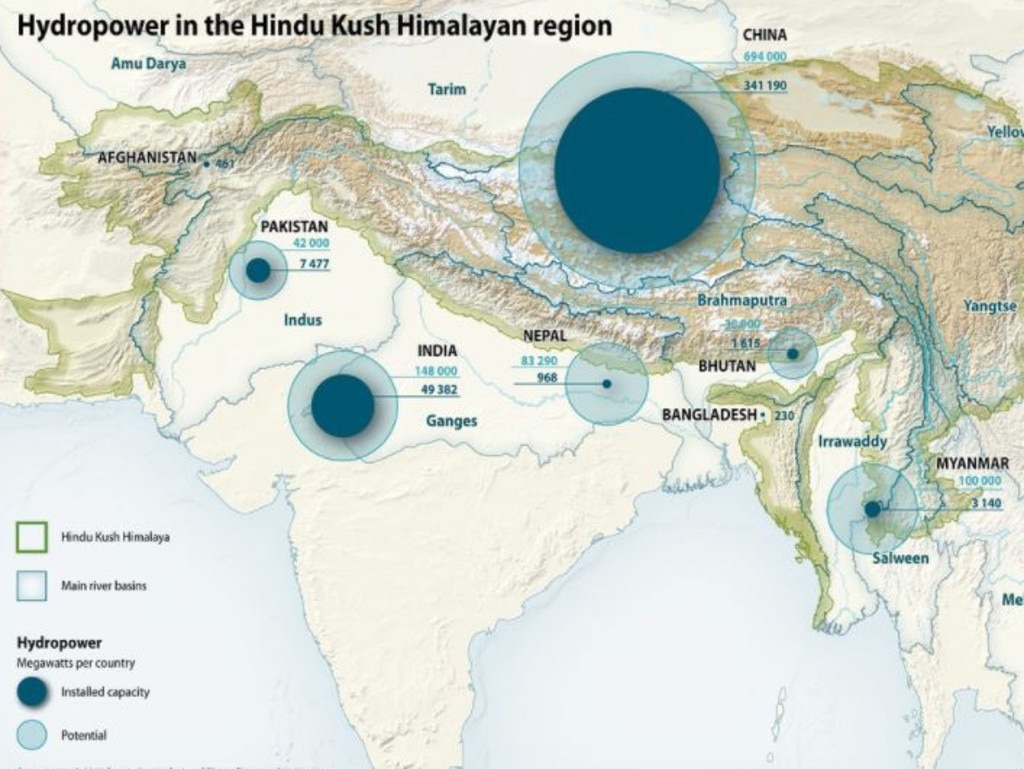
‘Failed states’ as water dries up
The ASLGC has said Pakistan could become a “failed state” as much of the water needed to power its homes and industry and nourish its fields comes from the mountains to the north.
A slowdown in flows to the Indus, either through less water overall or that what water there is being diverted by other nations, could be devastating for Pakistan.
The river is the backbone of the country and provides drinking water to its rain-starved but populated south.
Like India and China, Pakistan is nuclear armed.
Bangladesh, to the west, could also find itself in dire straits, said Admiral Barrie
“Bangladesh is going to be hugely affected by sea level rise on top of lack of water and food.
“And Bangladesh cannot solve these climate security problems by itself. The tide will eventually sweep over them just like it will the Pacific Islands.”
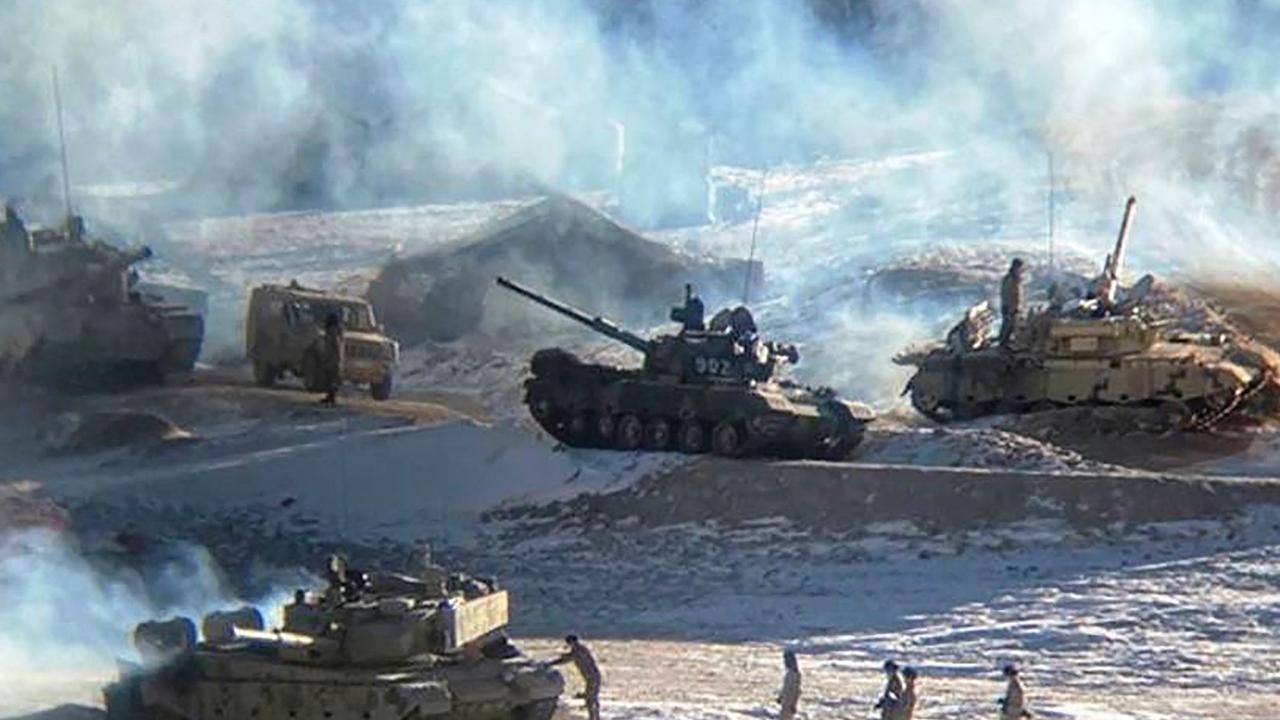
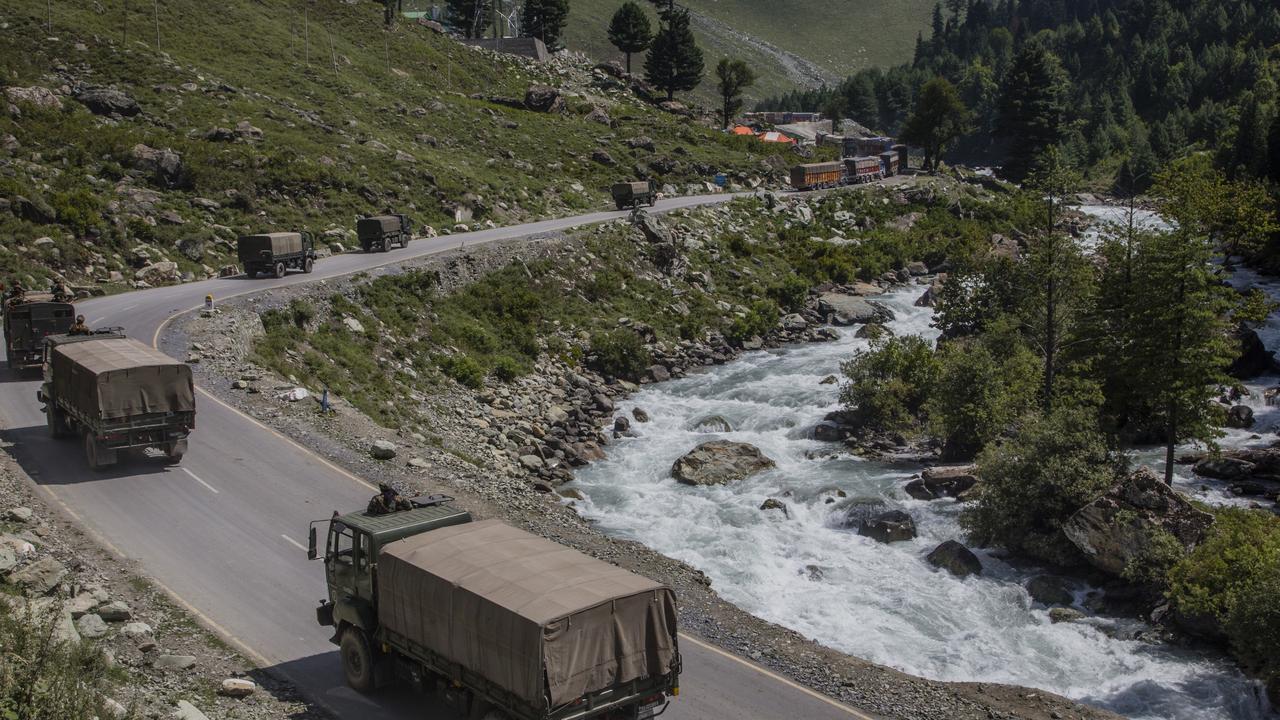
How Australia could be affected
All this has implications for Australia because a good number of the country’s 160 million residents may be looking for somewhere else to live.
“Australia has the lowest population density in the planet. If the food is scarce (in Bangladesh) you wouldn’t go to India because it has exactly the same problem.
“Besides India has already built barriers to stop them coming in so that’s another source of frictions.
“So Australia might be an attractive place to go”.
Admiral Barrie said millions of people from the Indian subcontinent alone could end up on the move due to climate change impacts and conflicts.
“That’s the consequence if the glaciers disappears due to global warming. The third pole is very serious.
“The decision to come to Australia won’t be made here – it will be made there.
“And that worries me, this is a global issue. That’s why we do need to be helping to find answers that won’t lead to this outcome,” said Admiral Barrie.
“Because if it actually happened we ought to be able to say we did the best that we could.”






